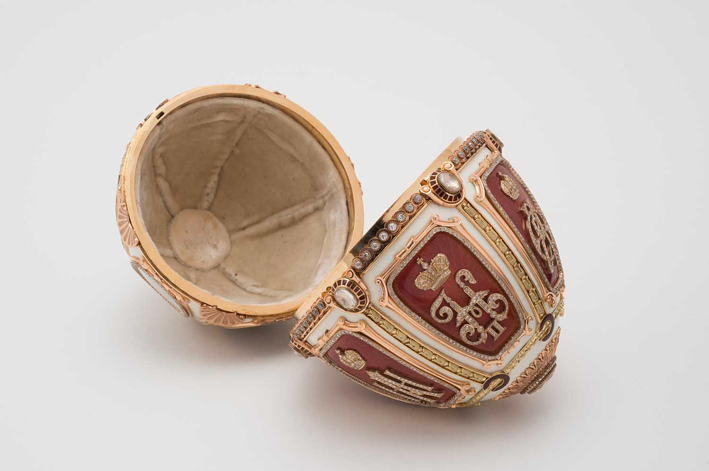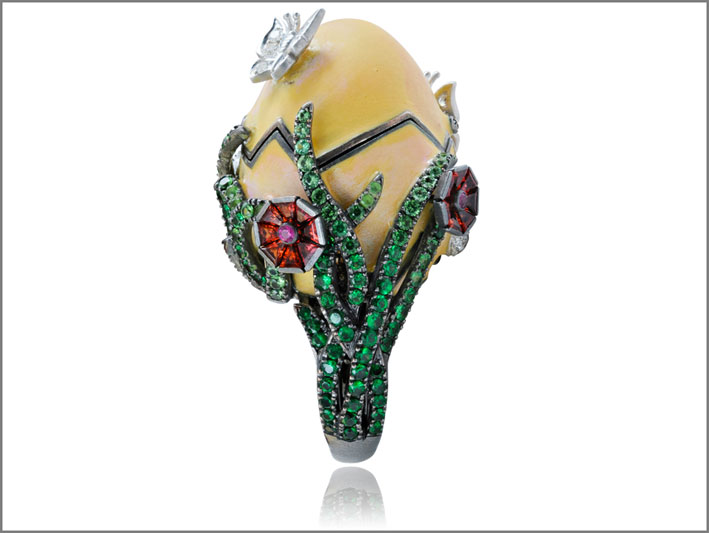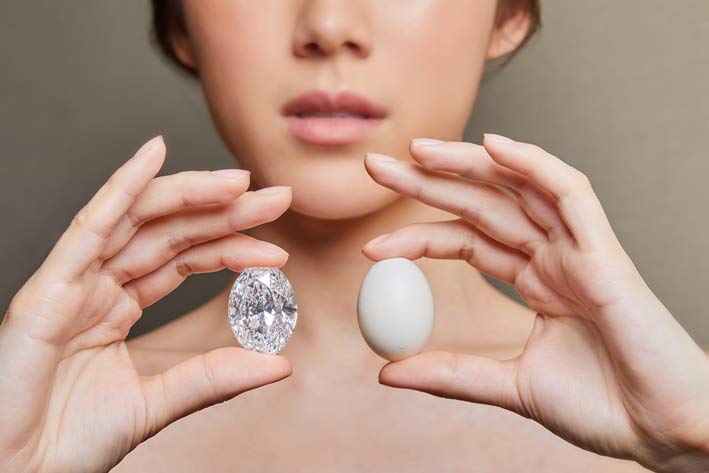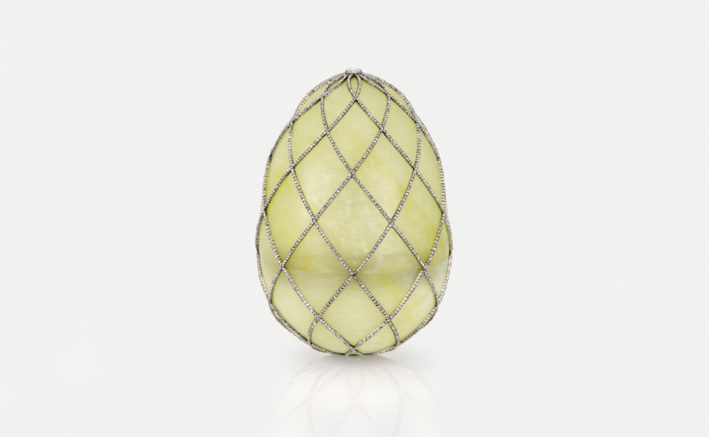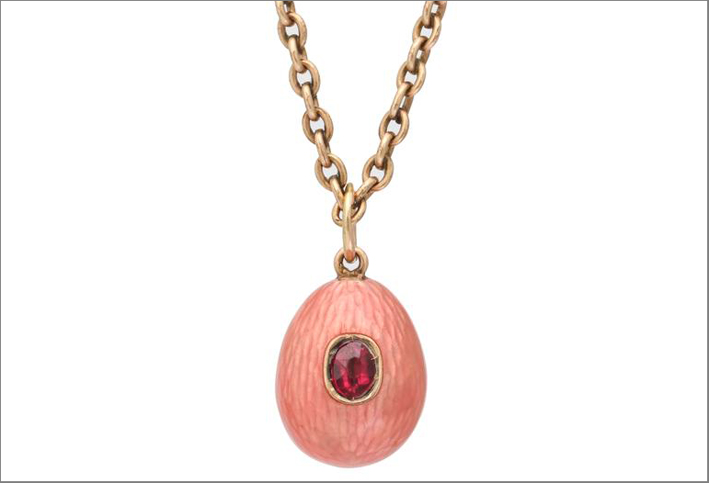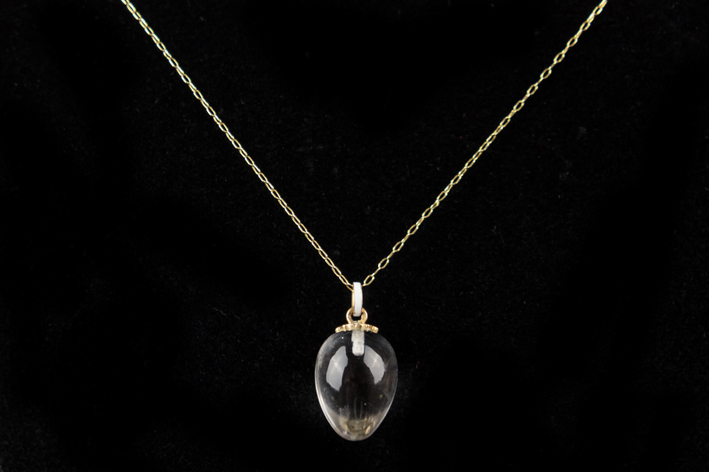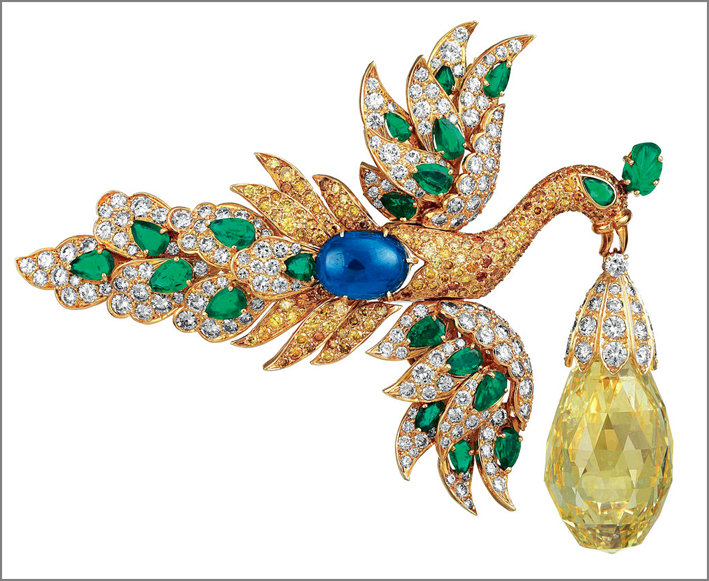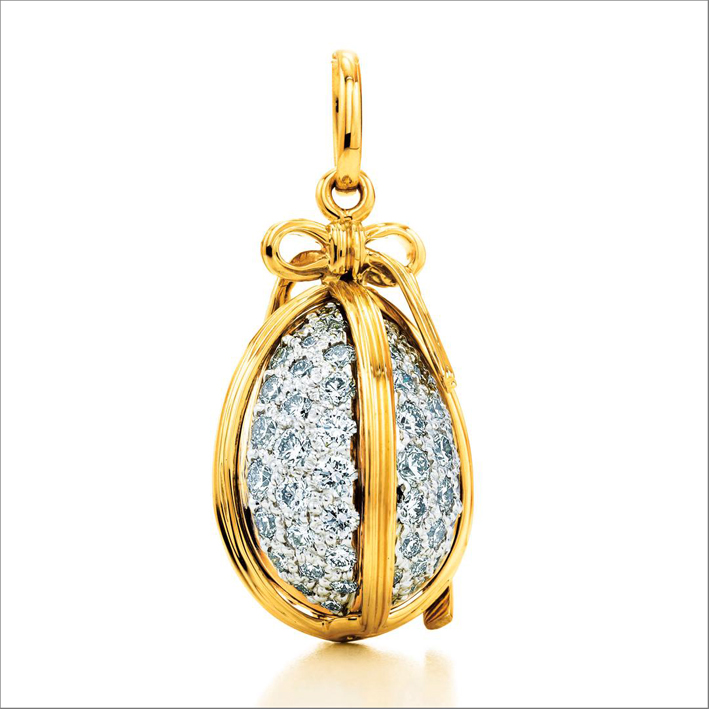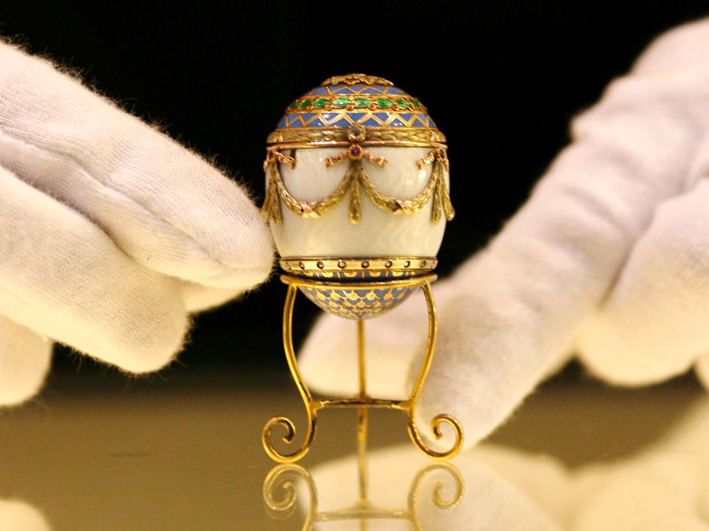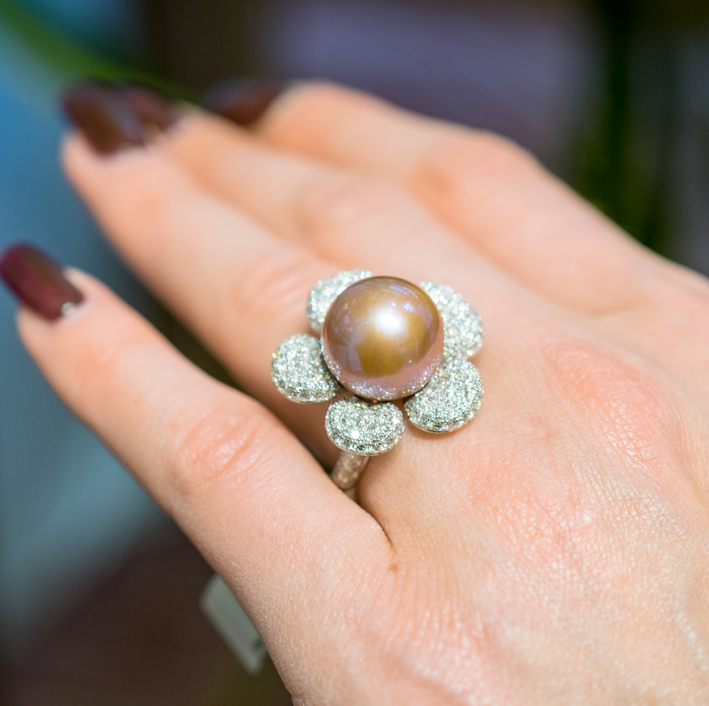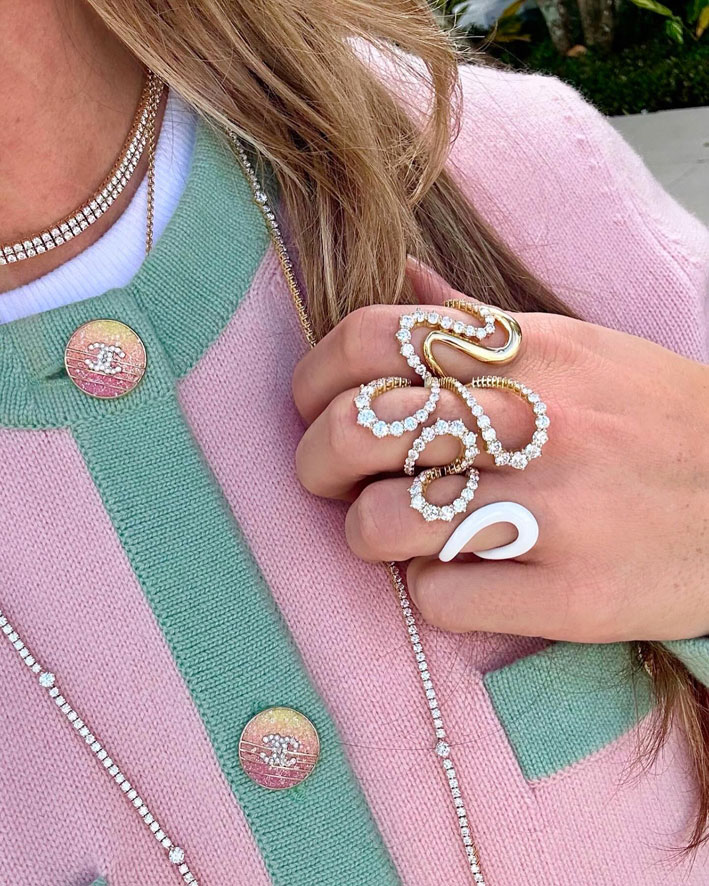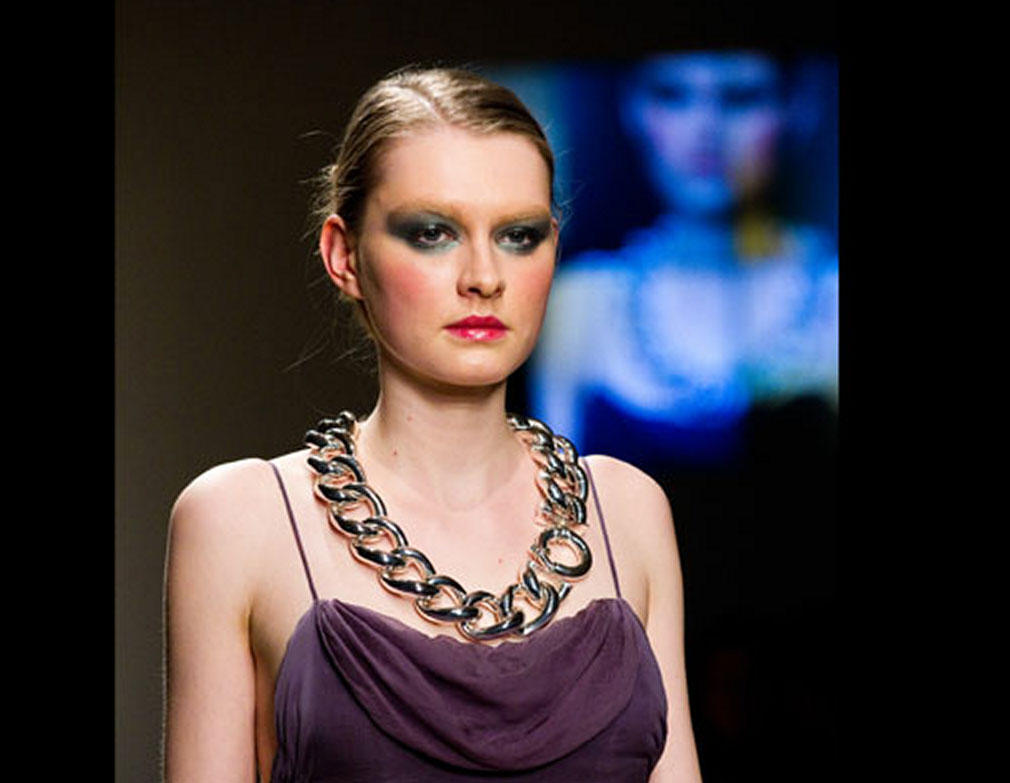Do you like jewelry in the shape of eggs? Here is a short selection, not just those celebrated Fabergé ♦
Giving eggs for Easter celebrations in the West is a habit that was already widespread in the Middle Ages. It actually has even more ancient origins: the gift of decorated eggs or natural was already adopted by the ancient Persians and the Egyptians. In many countries it is still customary to dye Easter eggs in different colors, obtained by boiling the egg in natural substances, such as onion peel (gives a brown color), oak or alder bark or walnut shell (black), beetroot juice (pink), but also by using artificial dyes. In the past a greater variety of colors was often obtained by tying onion peel with wool yarns of different colors.
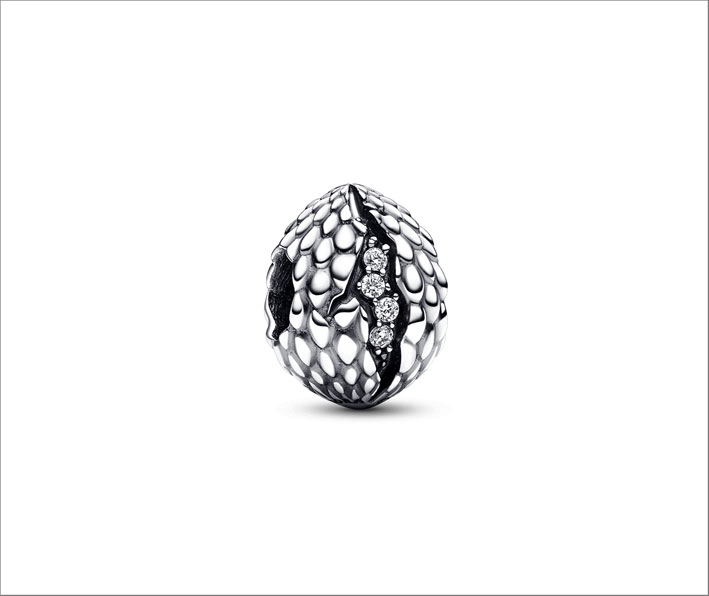
In the world of jewelry, however, the eggs are mainly related to the myth of the Russian Faberge, that in 1827 had taken the jewelry her father in St. Petersburg. A few years later, he is having earned a reputation as a skilled goldsmith, Peter Carl Fabergé he was commissioned by Tsar Alexander III to carry a precious Easter egg as a gift to his young wife, Maria Feodorovna.
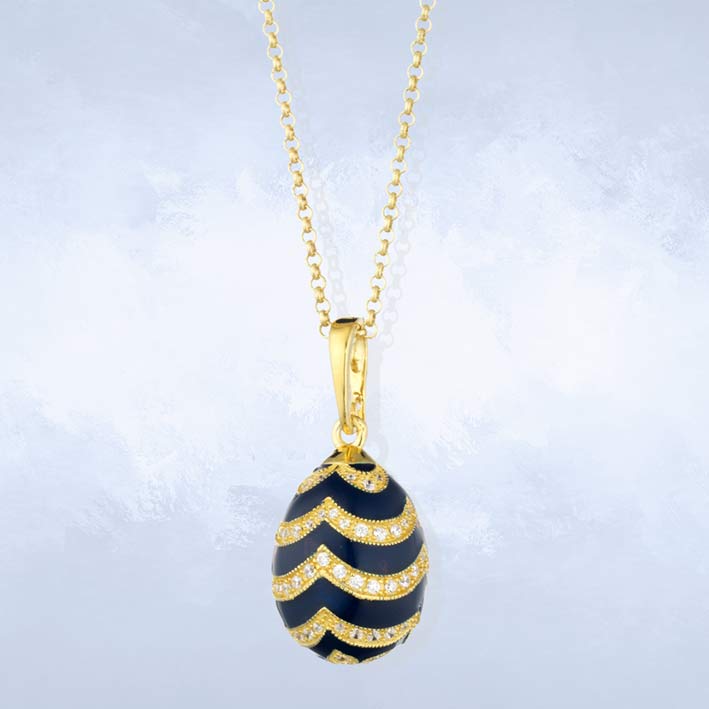
More eggs are followed and when Tsar Alexander died, her son, Tsar Nicholas II, continued the tradition: two eggs every Easter, one for the mother and one for his wife, the Tsarina Alexandra Feodorovna. In all the eggs were 50, and today are considered precious, kept between London and Moscow. The same Russian jeweler realized then other eggs, especially pendants. But Fabergé was not the only one to make egg-shaped jewelry. Even Cartier, Van Cleeff & Arpels and Tiffany realized jeweled eggs. There are also further accessories jewel-like, as the minaudière, small precious containers that replace the small evening bag. Here are some examples of jeweled eggs.

